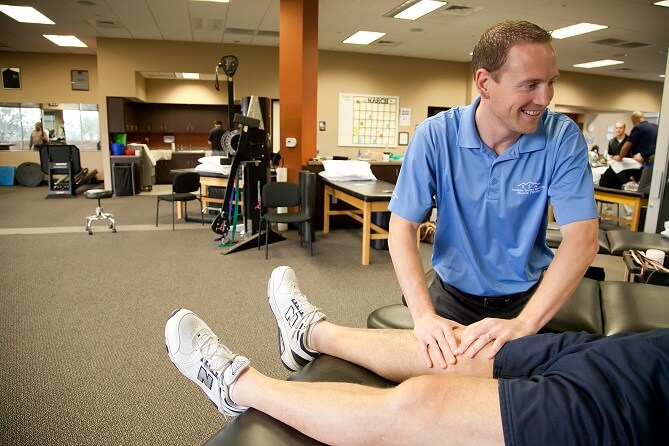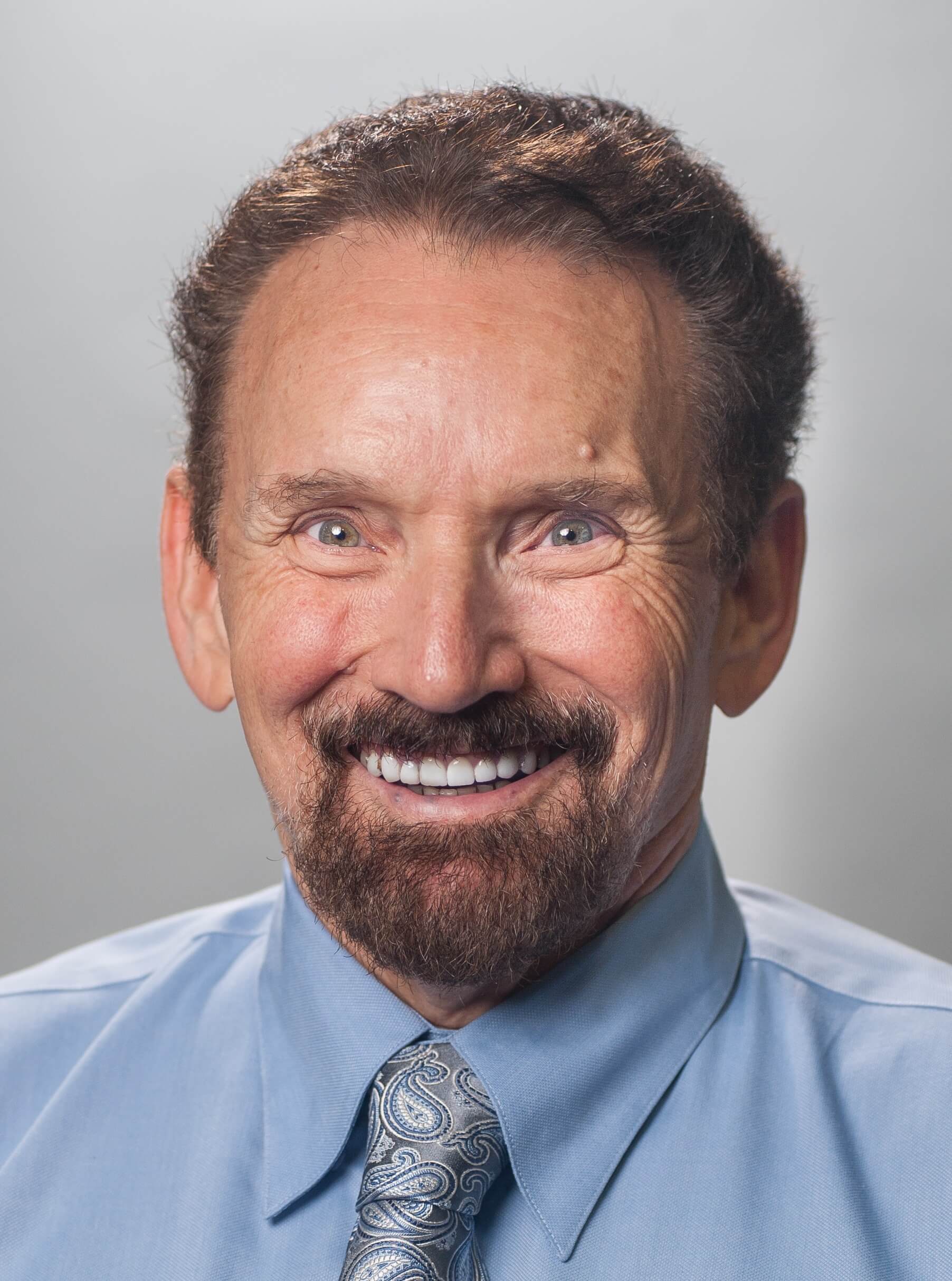If you don’t work in the healthcare industry, you may have heard the term “outcomes” but not understood what it meant. Why is measuring outcomes beneficial for both patients and healthcare providers?
First of all, what are outcomes? Simply put, measuring outcomes means measuring how successful a particular treatment is, whether in physical therapy or another field in healthcare. When physical therapists measure their patients’ “outcomes,” they are trying to determine whether therapy has improved a patient’s function, i.e., can she do the daily activities she was able to do before the injury? By collecting data on a variety of treatments over a period of time, physical therapists (and other healthcare providers) will have data that tells them what the most successful treatments are for many common injuries.

PTPN (the parent company of Physiquality) began measuring therapy outcomes system-wide in 2007. One goal of launching the program, says Mitch Kaye, a physical therapist and the Director of Quality Assurance for PTPN, was to “demonstrate that PTPN’s providers give treatment that is both effective and efficient.”
The PTPN Outcomes Program also gives Physiquality therapists information that helps them work collaboratively with patients toward achieving treatment goals. “When your therapist has more information on how your condition affects your daily activities, he’ll be able to customize your treatment program in order for you to regain your ability to accomplish these activities as quickly as possible,” Mitch says. “The program also helps patients play an active part in their own rehabilitation, giving them the chance to provide their therapists with more information about their health and about how satisfied they are with their treatment.”

You might ask how physical therapists gather this data. In the case of the PTPN Outcomes Program, here’s how it works:
- Patients complete a short computerized or paper survey before their first physical therapy appointment, indicating how their condition is affecting their daily functioning.
- Using a database of millions of current rehab cases, the software used by these PTs compares that patient to similar patients, based on more than 10 risk-adjustment factors, including age, health status and the severity of the condition.
- The system then predicts how much improvement that patient is likely to achieve, over a certain number of visits.
- The patient takes the survey again once discharged by their PT, to determine how much improvement was actually achieved over the course of treatment. (The patient may also take the survey at points during treatment to measure incremental progress.)
- Based on the data collected, each Physiquality clinic is compared to national benchmarks of therapist performance.

Mitch reminds patients that you and your therapist have the same goal — to get you functioning better in the least amount of time and treatments! Improving efficiency makes everyone happy: the patient, the therapist AND the payer (like your insurance company). In addition, he says, if your outcomes measurements show you are not improving as predicted, your therapist can decide whether to adjust your program, or to refer you back to your doctor for further evaluation.
Thank you to our contributors:

Mitch Kaye, PT, oversees all aspects of clinical review and quality oversight for PTPN, Physiquality’s parent company. Mitch also assists PTPN regional offices with quality assurance program management through ongoing training and support, and he meets with therapists, physicians and payers as needed for program development and problem resolution.